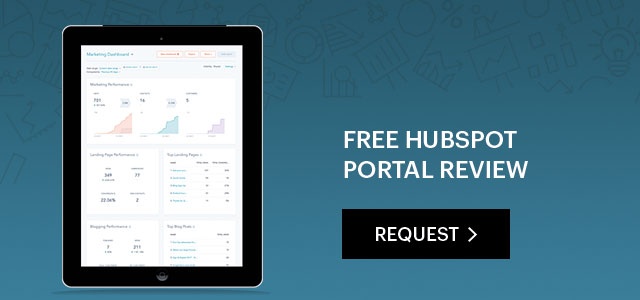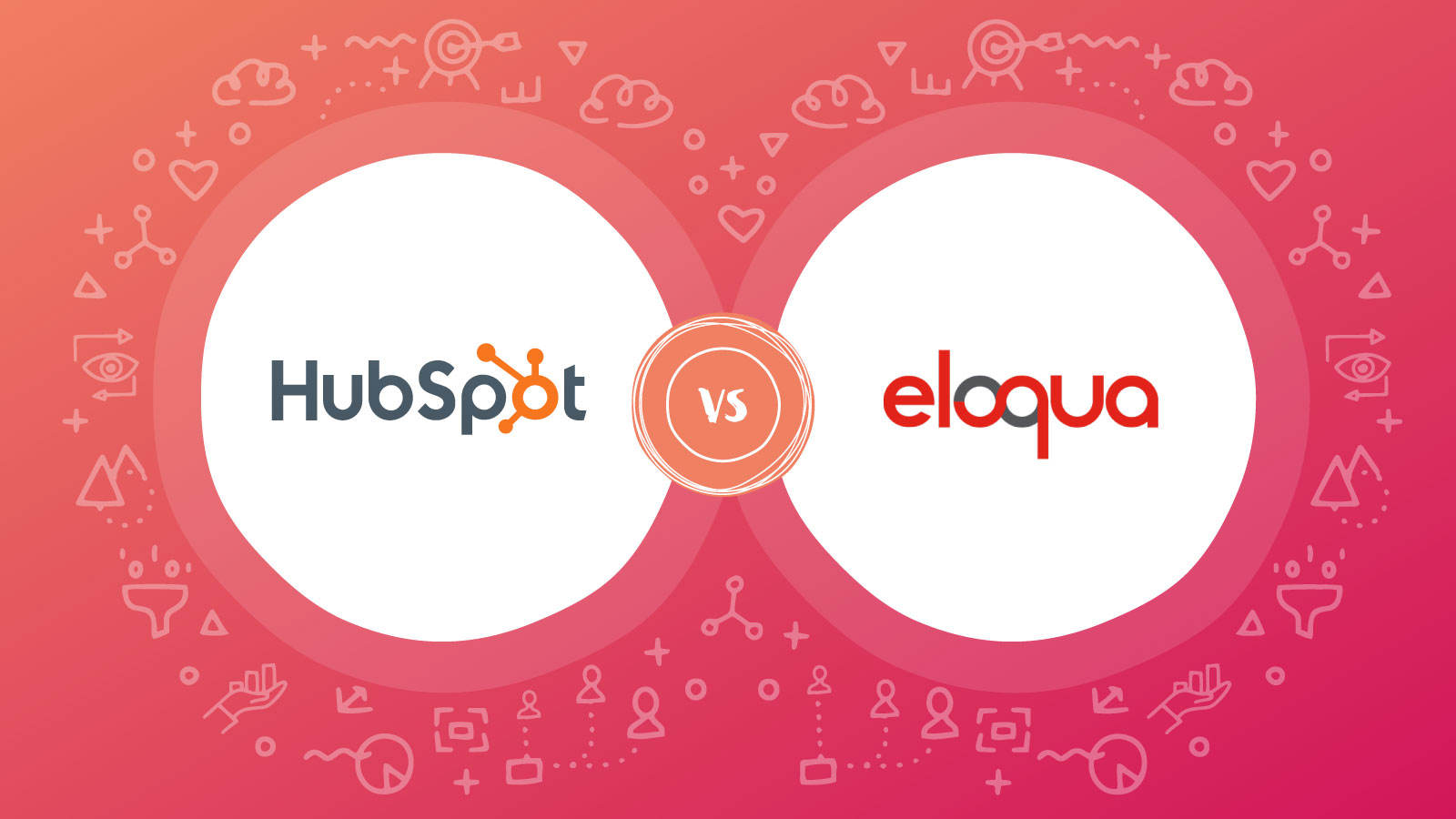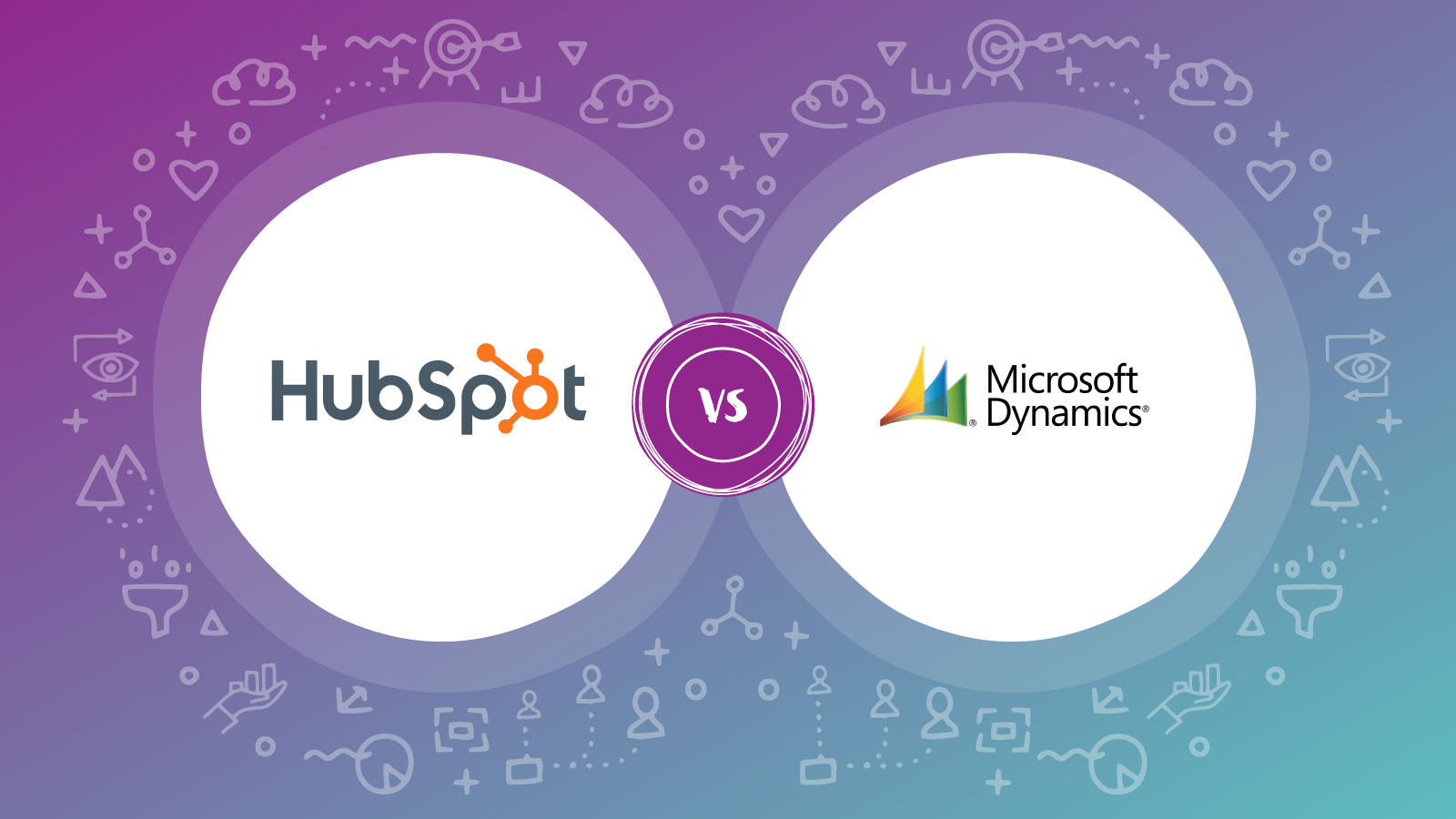HubSpot has been around since 2006 and Cognition has been an agency partner for much of that time.
We have watched the company grow, seen incredible technical advancements over the years, and we’ve learnt all the pitfalls along the journey.
The obvious strength of HubSpot is that it allows intelligent marketing thinking to overcome budgetary limitations.
As Brian Halligan, co-founder and CEO of HubSpot said: “Your success with inbound marketing and sales is much more dependent on the width of your brain than the width of your wallet.”
However, the strength of any software is dependent on the way people use it and since human judgement and decision making is often flawed, businesses fail to get the best out of HubSpot.
Over the past five years we have undertaken a vast number of HubSpot portal reviews.
Some from businesses struggling in-house themselves, some from businesses struggling to get the right support, and ultimately, any return on investment from their agency.
Below, we have highlighted some of the mistakes businesses and agencies make with HubSpot and shared what we did to rectify the situation. The success of digital marketing is largely due to attention to detail and these case studies reflect that.
Some of the best of the worst:
Global fitness corporation
#1: Unrealistic sales qualified leads (SQLs) goals
SITUATION: Goal to increase SQLs by 40% in year 1
DISCOVERY: The company was producing 40+ SQLs on a daily basis, and prior to the portal review we had considered they were producing fantastic results that even we could learn something from. Yet, it was too good to be true. After looking deeper behind the scenes, we discovered that whilst the lead scoring was not efficiently set-up, there was also a workflow in place that enrolled ANY contact, whose IP address was [known country]. And, the contact was automatically assigned the lifecycle stage ‘SQL’. Then a salesperson from that territory was notified to get in touch! No nurturing required! This was a head in hands moment and we presented back to them with gritted teeth.
#2: Miscalculating traffic sources globally
SITUATION: High level of traffic, low level of conversions.
DISCOVERY: There was a number of reasons contributing to this. Firstly, the client had not excluded IP traffic from all internal teams. Considering the firm has global users, this was a huge issue. And, its team logged onto the website daily whilst using its back-end system. Its conception of ‘high traffic’ was therefore flawed and its low conversion rate was then explicable.
#3: Hidden blog!
SITUATION: The company didn’t see the value of blogging! It wasn’t driving traffic and they had zero subscribers, let alone people sharing content.
DISCOVERY: The first problem was that the link from the company’s website navigation was dead (and had gone unnoticed) - and, its blog could only be found buried in an (awful) old corporate site that was still live, or via social media which was not managed effectively. The other downside was that the blog was not in HubSpot, therefore missing all the key advantages of having an integrated system, including full visibility of the conversion metrics, both stand alone, and as part of its overall customer journey.
Subscriber numbers were low and mainly consisted of internal staff. This was not surprising when we discovered that the ‘subscribe to blog’ CTA was nowhere to be found on its website, or on any forms, or even on the blogs themselves!
Software company
#1: Over 16k contacts and no engagement
SITUATION: A massive database of contacts, a huge HubSpot bill each month and a low customer conversion.
DISCOVERY: Once we spent some time in the data, it was apparent that over 99.60% of all contacts had never engaged with an email, let alone been on the website. We wondered whether it was due to being the initial import and a lack of source information, or contact properties not being migrated over. In fact, it was worse than that. Its sales team was adding large quantities of cold data into the portal and mixed with that, the majority of the contacts added from cold or warm offline had never been assigned to lifecycle stages or had any managed custom properties. Lead scoring had never been set-up, and neither had any data-driven workflows to keep control of the contact management. So, we had to go back to basics and perform quite a bit of housekeeping for the company. But it paid off when results improved.
#2: No marketing and sales alignment
SITUATION: Overall lack of internal processes.
DISCOVERY: Its sales team was doing its thing and its marketing team was doing something different… and, neither understood the others role, process, or responsibilities. Marketing couldn’t explain why contacts were undefined (no lifecycle stage, and in many cases, no email address). And, sales couldn’t understand why marketing weren’t producing marketing qualified leads from all the data in the portal. As it happens, the company’s sales team measured its calls quota based on numbers, and used HubSpot to measure and report. It was adding cold contacts to HubSpot prior to calling the contacts, and its team members didn’t always ask for an email address. The team didn’t follow any internal process or best practice for managing its contacts, and marketing were left to segment the unknown. Following a sales mapping session, the company introduced a simple sales process - a best practice map including all activity from the call & qualification, to the data entry, templated email follow ups, and sequences, etc, all managed within HubSpot. And, it started using a separate CRM for its cold data (a second - free - HubSpot CRM) until contacts were efficiently engaged enough to enter themselves into the marketing portal.
#3: Persona overload!
SITUATION: The company clearly understood the value of buyer personas in terms of its marketing and customer base. And, it was a critical factor for the business. But, it was also very obvious that too many people had been ‘having a go’!
DISCOVERY: We found 14 live personas (which was unmanageable), no workflows created to assign personas to contacts based on learnings, no use of population via hidden form fields, and a lack of questions in contact/or other marketing forms which automatically assign personas. The company was using job titles as the only means to put contacts in pots. With 14 buyer personas crossing over in terms of position, department, etc, there was no easy way to segment or market to the contacts, let alone produce enough marketing material to effectively drive them down the funnel. We had a productive persona workshop with the company’s sales and marketing teams, stripped them back to an agreeable five buyer personas and outlined the individual customer journey for each. Then we got HubSpot to automate the rest!
Technology/Saas business
#1: Leads engaging online but not converting to SQL
SITUATION: The client was frustrated that HubSpot didn’t seem to be providing the intelligence it needed to effectively measure and optimise its marketing efforts.
DISCOVERY: The company’s past agency had set-up its lead scoring. But rather than start small, monitor what engages leads and learn what converts its leads into customers, the previous agency had used guesswork to apply scores with no strategy and used content that was out of date. If the agency had been monitoring online behaviour, it would have noticed that the technology company’s leads were returning to the website, and in addition to its pricing page, case studies were one of its highest viewed pages prior to being sales ready. We were able to map the typical customer journey for the prior six months which illustrated exactly where lead scores should be attributed and how they could escalate funnel activity.
#2: Paid social giving unrealistic positive metrics
SITUATION: The business received more than 80% of its web traffic from paid social, and the cost reflected this, convincing the business that this was the magic formula.
DISCOVERY: Yes, paid social was driving the majority of traffic, but at a high price, and not necessarily the quality traffic they needed to convert. It was basically the lowest converting source at the highest budget. Whilst we didn’t recommend quitting, we did recommend an overhaul. And, we recommended revisiting its marketing strategy to align its social objectives with its overall business objectives. HubSpot was showing the performance metrics clearly, but it wasn’t focusing on the detail.
#3: Only 4% of overall traffic was coming from organic sources
SITUATION: The HubSpot benchmark is 30% of overall traffic from organic. The company was nowhere near that number.
DISCOVERY: The business didn’t have a lot of content and this was hurting its organic ranking. In addition, it had duplications on numerous third party sites which was damaging its levels of organic traffic. As a priority, it needed to revamp its search marketing, blogging strategy, and have a clear plan of how it was going to promote its content to its audience.
Digital marketing requires digital thinking to be effective and what these case studies show is that simplifying processes, acting quickly to rectify mistakes, constant experimentation and testing, an ability to adapt to new information and a forensic attention to detail are all essential approaches to getting the best out of HubSpot.
What you cannot do with HubSpot is set everything up and expect it to deliver without further intervention as the above snippets of findings from three separate customer HubSpot Portal Reviews show.
At Cognition, when we undertake a portal review, we can deliver significant findings in as little as a day, from which we create a document with illustrated examples and top level recommendations. You can take the findings and undertake the work yourselves in-house or, alternatively, we can support you in areas where you have less experience. In most cases, we have scheduled training sessions for marketing and sales teams so they can become self-sufficient in HubSpot.
The primary goal of your business is to create extraordinary customer experiences and HubSpot is capable of delivering them. But only if you work at it!
To find out how we can get HubSpot working for you, request a free HubSpot portal review.
Looking to maximise your return from HubSpot? Download your free guide “12 Ways to Power up Your HubSpot” and discover best practice tips on how to make a difference to your marketing performance.
Alternatively, if you are interested in scheduling a no obligation call with one the team, about HubSpot and marketing automation for your business, please complete the form below and one of the team will be in touch.





